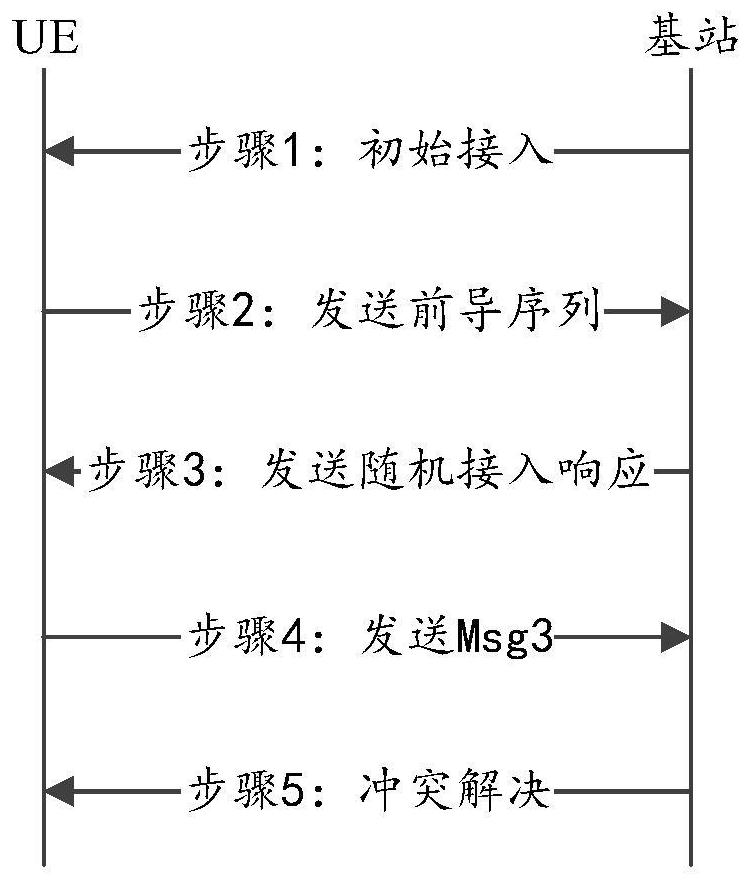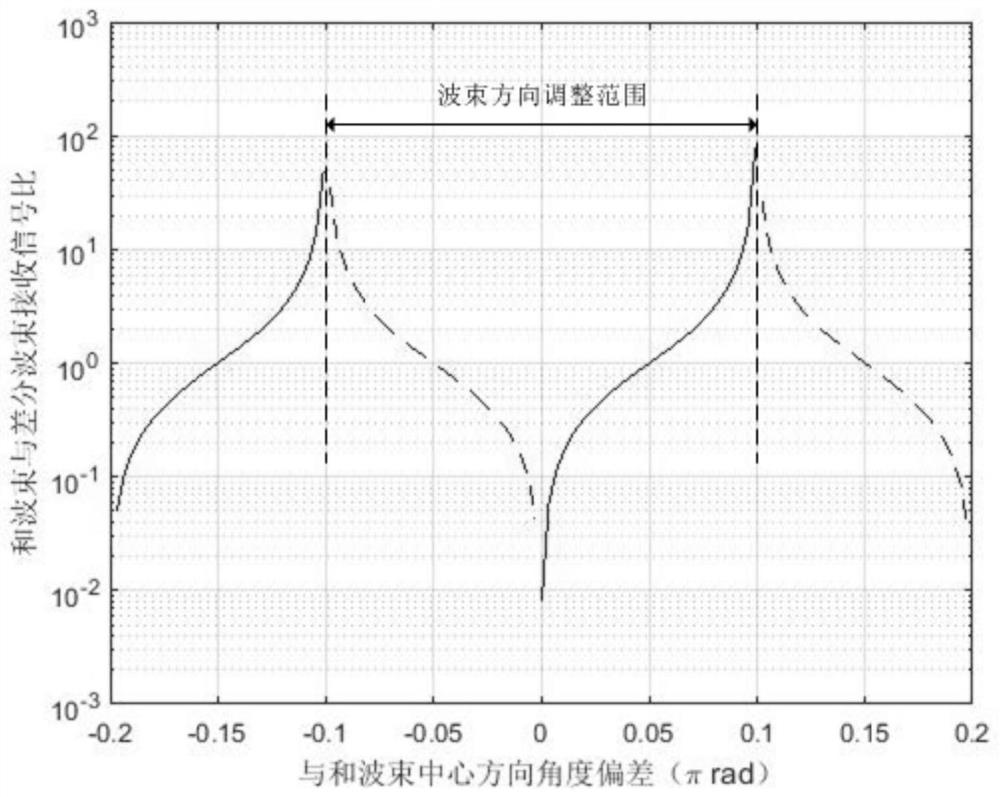Method for initial access and random access, base station equipment and user equipment
A technology of user equipment and base station equipment, which is applied in the direction of synchronization devices, electrical components, radio transmission systems, etc., can solve the problems of long and long time for sending preamble sequences, and achieve the effects of reducing the probability of collision, shortening the time, and making small changes
- Summary
- Abstract
- Description
- Claims
- Application Information
AI Technical Summary
Problems solved by technology
Method used
Image
Examples
Embodiment 1
[0249] In this embodiment, we introduce a differential beam-based initial access and random access process in combination with specific system parameter settings. Consider a system operating in the millimeter wave band, both the base station and the user use Figure 5 , Image 6 The transmission structure based on the antenna array is shown.
[0250] in, Figure 5 is the transmitter structure, Image 6 For the UE structure. Figure 5 , each link after baseband processing is up-converted and connected to a digital-to-analog converter (DAC) to an antenna array composed of N_st antenna elements, and each antenna in the antenna array is only Phase can be adjusted. By adjusting the phase, the antenna array can form beams in the appropriate direction to complete the beamforming of the millimeter wave system. Image 6 The UE structure in the Figure 5 similar. Each baseband link is connected to an antenna array consisting of N_sr antenna elements. The antenna elements can onl...
Embodiment 2
[0291]This embodiment will introduce the initial access and random access procedures of using the differential beam scheme on the base station side and the traditional polling scheme for the user equipment under the condition that the reciprocity of the antenna array directions on the base station side and the user equipment side is established. If the number of antenna ports of the base station is 2, one port transmits and receives and beam sequences, and the other port transmits and receives differential beam sequences; if the number of antenna ports of the base station is greater than or equal to 3, the antenna ports can be arbitrarily divided into two parts, one of which is transceiver and beam sequence , and the other part transmits and receives the differential beam sequence. The system configuration is similar to that of the first embodiment. Both the base station and the user equipment are equipped with a transmission structure based on an antenna array, the base statio...
Embodiment 3
[0328] In this embodiment, a differential beam-based random access procedure is introduced in conjunction with specific system parameter settings. The system setting is similar to that of the first embodiment, and the base station and the user equipment adopt the transmission structure based on the antenna array. This embodiment will describe an initial access and random access process flow in which the user equipment adopts the differential transmission scheme and the base station adopts the traditional polling scheme under the condition that neither the base station side nor the user equipment side has directional reciprocity. If the number of antenna ports of the user is 2, one port will send and receive beam sequences, and the other port will send and receive differential beam sequences; if the number of antenna ports of the user is greater than or equal to 3, the antenna ports can be arbitrarily divided into two parts, one of which is transceiver and beam sequence , and t...
PUM
 Login to View More
Login to View More Abstract
Description
Claims
Application Information
 Login to View More
Login to View More - R&D Engineer
- R&D Manager
- IP Professional
- Industry Leading Data Capabilities
- Powerful AI technology
- Patent DNA Extraction
Browse by: Latest US Patents, China's latest patents, Technical Efficacy Thesaurus, Application Domain, Technology Topic, Popular Technical Reports.
© 2024 PatSnap. All rights reserved.Legal|Privacy policy|Modern Slavery Act Transparency Statement|Sitemap|About US| Contact US: help@patsnap.com










